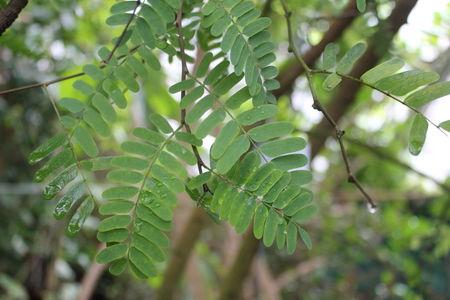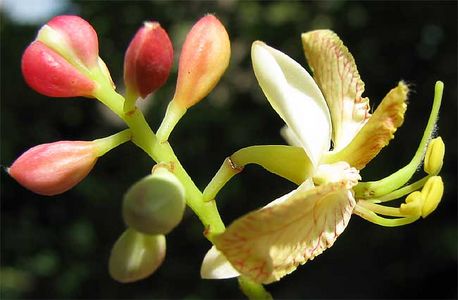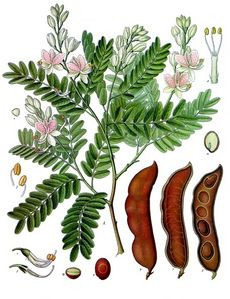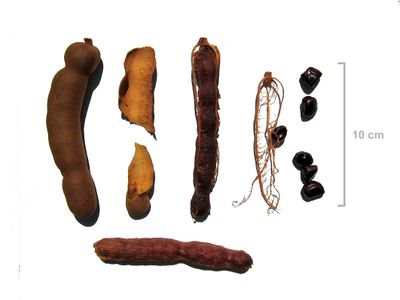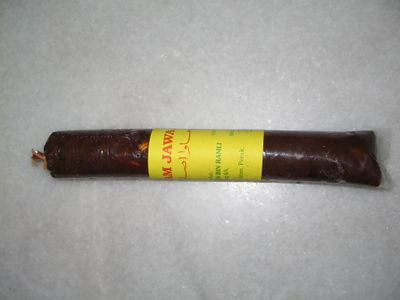Tamarindus indica : Différence entre versions
De PlantUse Français
m (→Description : clean up) |
m (clean up) |
||
| Ligne 13 : | Ligne 13 : | ||
}} | }} | ||
| + | |||
| + | == Description == | ||
| + | <gallery mode="packed"> | ||
| + | File:Tamarindus indica 2.JPG|arbre | ||
| + | File:FFHNASjf2219 24.JPG|tronc | ||
| + | File:IKAl 20100331 Tamarindus indica.jpg|feuilles | ||
| + | File:Tamarindus indicus.jpg|branche en fleurs | ||
| + | File:Tamarindus indica-flowers.jpg|fleur | ||
| + | File:Naschmarkt Wien 2009 PD 20091008 041.JPG|fruits | ||
| + | </gallery> | ||
== Noms populaires == | == Noms populaires == | ||
| Ligne 45 : | Ligne 55 : | ||
|} | |} | ||
| − | |||
| − | |||
| − | |||
| − | |||
| − | |||
| − | |||
| − | |||
| − | |||
| − | |||
| − | |||
== Classification == | == Classification == | ||
Version du 27 juillet 2016 à 23:45
Tamarindus indica L.
| Ordre | Fabales |
|---|---|
| Famille | Fabaceae |
| Genre | Tamarindus |
2n = 24
Origine : Afrique
sauvage et cultivé
| Français | {{{français}}} |
|---|---|
| Anglais | tamarind |
Sommaire
Description
Noms populaires
| hindi | आमली - amli, अनबली - anbli, ईमली - imli (Mansfeld) |
| Indonésie | asam, asam jawa, tambaring (PROSEA) |
| Malaysia | asam jawa (PROSEA) |
| Philippines | sampalok (tagalog), kalamagi (bisaya), salomagi (ilokano) (PROSEA) |
| Birmanie | magyee, majee-pen (PROSEA) |
| Cambodge | 'âm'pül, ampil, khoua me (PROSEA) |
| Laos | khaam, mak kham (PROSEA) |
| Thaïlande | makham (général), bakham (nord), somkham (péninsulaire) (PROSEA) |
| Vietnam | me, trai me (PROSEA) |
Classification
Tamarindus indica L. (1753)
Cultivars
Histoire
Originaire d'Afrique, le tamarinier a été introduit très tôt en Inde, d'où il s'est largement diffusé en Asie du Sud-Est. Les produits du fruit sont devenus populaires dans tout le monde arabo-musulman, sous le nom de "datte de l'Inde".
Usages
Références
- Bekele-Tesemma, Azene, 2007. Useful trees and shrubs for Ethiopia. Identification, propagation and management for 17 agroclimatic zones. Nairobi, ICRAF - RELMA. 550 p. (Technical Manual 6). Voir l'article
- Eyog Matig, O., Ndoye, O., Kengue, J. et Awono, A. (eds), 2006. Les Fruitiers Forestiers Comestibles du Cameroun. Rome, IPGRI, CIFOR, IRAD. XIV-204 p. Voir l'article

